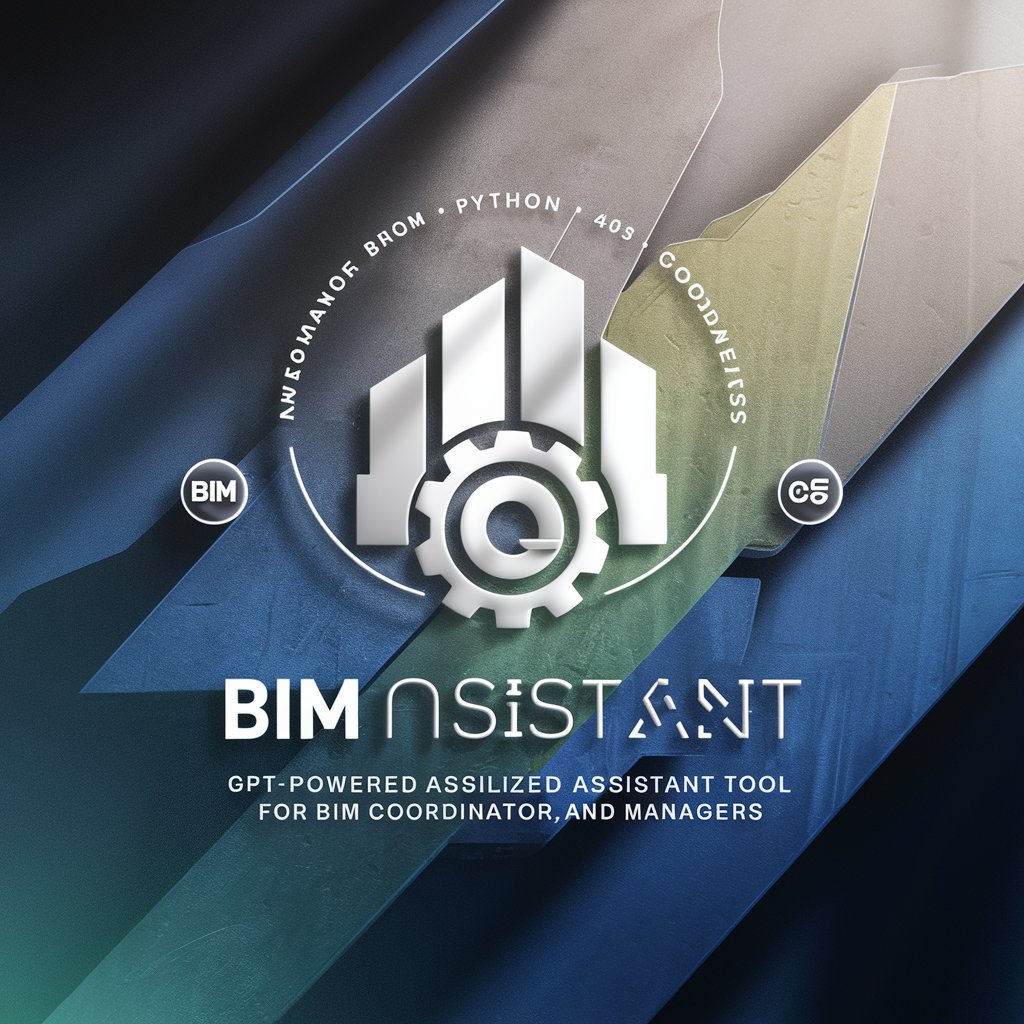
COMSOL API-AI-powered COMSOL API scripting
Automate COMSOL models with AI scripting

Generate COMSOL API code, using JavaⓇ, from simple instructions. (Trademark ownership: https://www.comsol.com/trademarks)
Create a geometry of a block
Add a physics interface for modeling heat transfer
Get Embed Code
COMSOL API OverviewIntroduction to the COMSOL Java API
The COMSOL Java API is an extensive object-oriented interface that allows programmatic access to the full capabilities of the COMSOL Multiphysics® simulation environment. It is designed for automation, customization, and integration of COMSOL models into larger software systems or for repetitive simulation tasks. The API is typically used within the COMSOL Desktop or deployed via compiled Java applications or through COMSOL Server™. It reflects the internal structure of a COMSOL model, enabling the same actions that are possible via the GUI, but controlled via Java code. For example, a user can automate the creation of a model by writing Java code to define geometry, materials, physics interfaces, studies, and results. In large simulation workflows or optimization loops, this avoids manual steps and enables integration into broader software architectures. Consider a case where a researcher needs to test 500 variations of a geometry: using the COMSOL API, they can script the entire geometry parametrization, run simulations, and extract results without manual interaction. The design of the COMSOL API mirrors itsCOMSOL API Overview GUI: features are accessed through tags, created via structured hierarchies, and built incrementally using methods such as `create`, `set`, `selection().set()`, `run`, and `build`. Each part of the model—geometry, physics, mesh, study, solver, results—can be fully controlled and queried.
Main Functions of the COMSOL API
Geometry Creation and Manipulation
Example
model.geom().create("geom1", 3); model.geom("geom1").feature().create("blk1", "Block"); model.geom("geom1").feature("blk1").set("size", new double[]{1, 1, 1});
Scenario
Used in automated geometry generation for parametric studies or when integrating geometry design from external software into COMSOL workflows.
Physics and Boundary Conditions Setup
Example
model.physics().create("ht", "HeatTransfer", "geom1"); model.physics("ht").feature("init1").set("Tinit", 300);
Scenario
Ideal for large multiphysics simulations where physical properties or initial/boundary conditions vary by case and must be programmatically defined.
Study and Solver Management
Example
model.study().create("std1"); model.study("std1").create("stat", "Stationary"); model.study("std1").run();
Scenario
Automating batch simulations, optimization loops, or time-series simulations without using the GUI. Frequently used in research or industrial process design.
Target Users of the COMSOL API
Simulation Engineers and Analysts
These users often work on repetitive or parameter-driven simulations and benefit from automation. The API enables them to run large-scale design of experiments (DoE), sensitivity analyses, or optimization processes efficiently.
Software Developers and Integrators
Developers building custom simulation platforms or integrating COMSOL models into enterprise software (e.g., CAD, PLM, or manufacturing systems) use the API to embed simulation logic and control into larger applications.
How to Use COMCOMSOL API GuideSOL API in 5 Steps
Step 1
Visit aichatonline.org for a free trial without login, no need for ChatGPT Plus.
Step 2
Install COMSOL Multiphysics with Java API enabled. Ensure Java SDK (8 or 11) is installed and properly configured on your system.
Step 3
Launch COMSOL with Java and create a new model or load an existing one. Open the Java Developer’s Kit through COMSOL to generate and interact with model files.
Step 4
Use COMSOL Java API to script and control models. Access the API via the `ModelUtil` class to programmatically define geometry, physics, mesh, materials, studies, and results.
Step 5
Run and validate your simulation directly via Java code. Integrate COMSOL API into a larger Java-based application for automated modeling, optimization, or parameter studies.
Try other advanced and practical GPTs
编程大师
AI-powered code help, made simple.

Advogata.Ia
AI-powered legal intelligence for Brazilian law

SAP B1 SQL Generator
AI-Powered SQL Assistant for SAP B1

专刊标题助手
AI-powered academic title creation for specialized journals

Content Hook Generator
AI-crafted hooks that grab attention instantly.

Prezi & Content
AI-crafted slides and training content in minutes

Firearms Guide
AI-powered insights for all things firearms

AI Movie Generator
AI-powered storytelling for your next film
英語辞書
AI-powered English Dictionary for Learners

Create Make.com Webhook Schema's
AI-powered OpenAPI generator for Make.com

GPT-Based Blender 3D Modeling
AI-Powered 3D Modeling from Prompts

Sleep Improvement Coach
AI-guided coaching for better sleep

- Model Automation
- Simulation Control
- Data Export
- Geometry Design
- Material Setup
COMSOL API – Common Questions Answered
How can I create and manipulate geometry using theCOMSOL API Usage Guide COMSOL Java API?
You can define and modify geometry using `model.geom().create(...)` and `model.geom().feature(...)` methods. Features like 'Block', 'Cylinder', and 'Scale' allow for complex geometry creation. Use `.run()` to build the geometry after setting its parameters.
Can I use the COMSOL API to set up and solve physics-based models?
Yes. Use `model.physics().create(...)` to define physics interfaces like 'HeatTransfer' or 'SolidMechanics', then assign domains and set boundary conditions using `.feature(...).set(...)` and `.selection().set(...)`.
How do I automate simulations with varying parameters?
Use `model.param().set(...)` to define parameters and `model.study().create(...)` to automate studies. You can loop through parameters in Java and call `model.study().run()` to execute each variation.
Is it possible to extract and export results programmatically?
Yes, use `model.result().numerical()` or `model.result().export()` to process and export data. For example, export plots, tables, or numerical data directly to files or retrieve them as Java arrays.
What are the common pitfalls when using the COMSOL API?
Common issues include incorrect tag references, forgetting to `.run()` geometry or mesh, and invalid domain selections. Always check model build order and use try-catch blocks for error handling in automated workflows.






